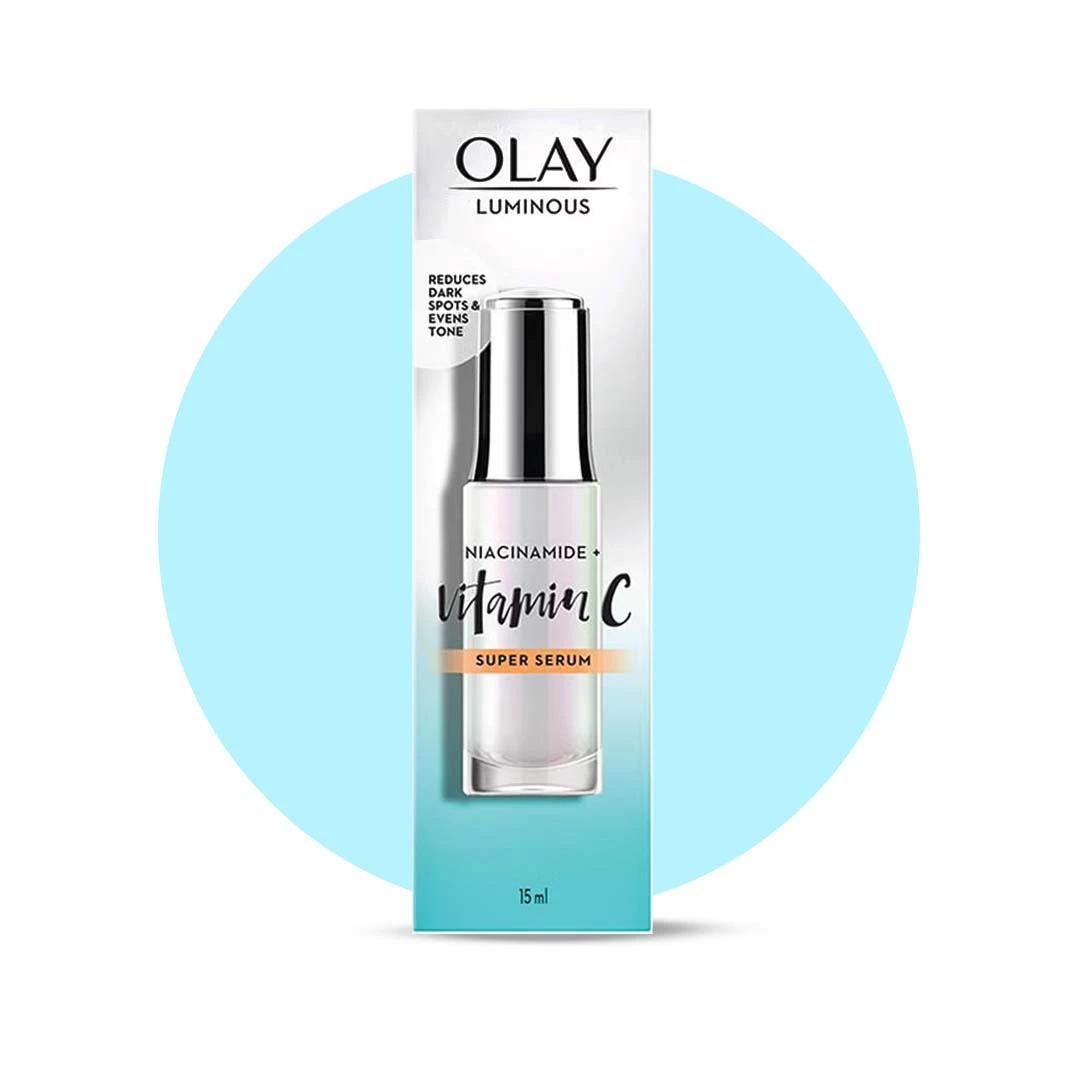Anything lower won't give you adequate protection
How to Pick the Right Dark Spot Removal Cream for Your Skin Type
Not all skin is created equal, and what works brilliantly for your mate might not suit you at all. Your skin type plays a huge role in which skin whitening formula will give you the best results without causing unwanted side effects.
Considerations for Oily Skin
Oily skin types can typically handle stronger actives and benefit from lightweight, gel-based formulas. Look for non-comedogenic options that won't clog your pores whilst treating pigmentation. Salicylic acid-based treatments often work particularly well since they address both oiliness and dark spots simultaneously.
Options for Dry and Sensitive Skin
If your skin tends to be reactive, start with gentler ingredients like niacinamide or alpha arbutin. Cream-based formulas with plenty of moisturising ingredients will treat your dark spots without leaving your skin feeling stripped or uncomfortable. Patch testing is absolutely essential for sensitive skin types.
Formulations for Combination Skin
Combination skin requires a balanced approach—strong enough to address pigmentation but gentle enough for your sensitive areas. Look for formulas that include both active ingredients and soothing agents. You might even need different products for different areas of your face.
How to Add Dark Spot Removal Cream to Your Skincare Routine
Knowing what ingredients to look for is only half the battle—using your chosen product correctly is equally important. The timing and method of application can make or break your results.
Morning Routine Steps
Morning application focuses on protection and gentle treatment. Always apply your dark spot cream to clean skin before heavier products like moisturisers or makeup. If your product contains vitamin C or other photosensitive ingredients, sunscreen becomes absolutely non-negotiable.
Evening Routine Steps
Evening is typically the best time for stronger actives since your skin repairs itself whilst you sleep. Apply your treatment after cleansing but before oils or heavy moisturisers. Start slowly—perhaps every other night—then gradually increase frequency as your skin adjusts.
Frequently Asked Questions
How long does it take to see results with dark spot removal creams?
Most people start noticing improvements after 4-6 weeks of consistent use, but significant changes typically take 8-12 weeks. Your skin's natural renewal cycle is about 28 days, so patience is key. Newer spots tend to fade faster than older, deeper pigmentation.
Can dark spot removal creams be used on all skin tones?
Absolutely! Dark spots affect people of all skin tones, though they may appear differently. Deeper skin tones might see more dramatic results since the contrast between the spot and surrounding skin is often more pronounced. Always patch test first, regardless of your skin tone.
Are natural ingredients as effective as synthetic ones in dark spot removal?
Both natural and synthetic ingredients can be effective—it depends on the specific ingredient and its concentration. Kojic acid (natural) and hydroquinone (synthetic) both work brilliantly for pigmentation. The key is choosing proven ingredients rather than getting hung up on whether they're natural or synthetic.
Can dark spot removal creams be used during pregnancy?
Many ingredients are safe during pregnancy, but some (like hydroquinone and high-strength retinoids) should be avoided. Niacinamide, vitamin C, and alpha arbutin are generally considered safe options. Always consult your healthcare provider before starting any new skincare treatments during pregnancy.
Final Thoughts
Finding your perfect dark spot removal cream doesn't have to feel like rocket science. Focus on these seven essential features, consider your skin type, and remember that consistency trumps everything else. The best treatment is one you'll actually use every day, not the one with the fanciest ingredients that sits unopened in your bathroom drawer. Start with gentler formulations if you're new to active ingredients, and don't forget that sunscreen is your best friend throughout this journey. With the right approach and a bit of patience, clearer, more even-toned skin is absolutely achievable.

 50 ml
50 ml 20 gm
20 gm 50 ml
50 ml 30 gm
30 gm